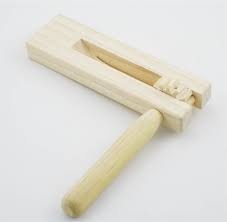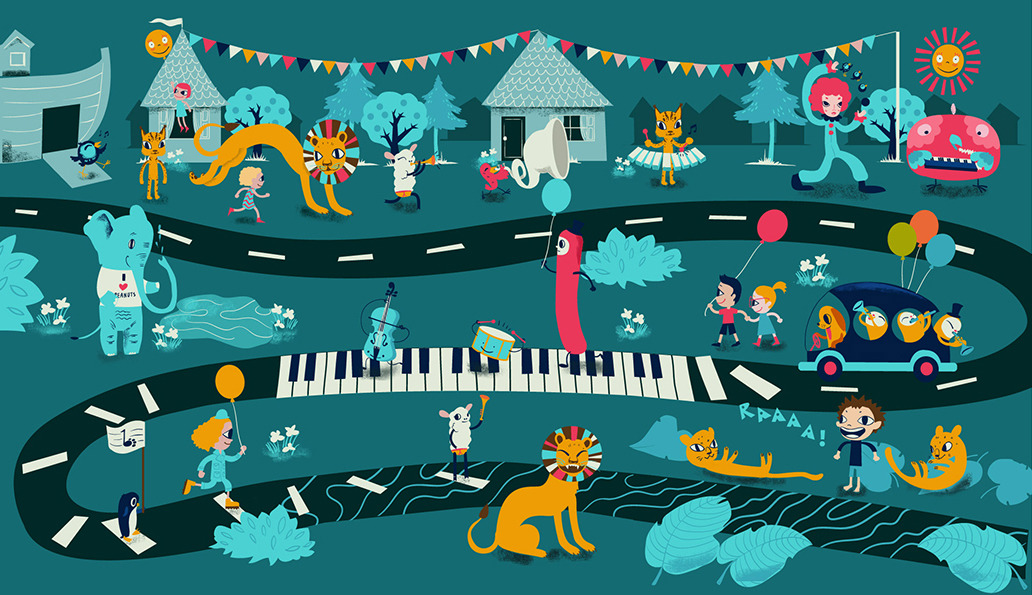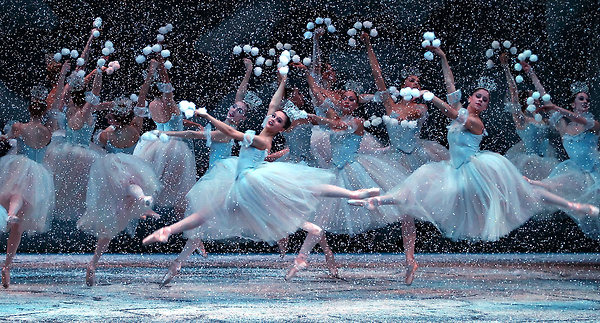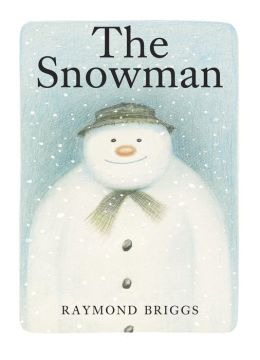
Credit: https://i.ytimg.com/
In any case, the work for 2 oboes, 2 horns, strings and continuo, also contains parts for a trumpet, ratchet, a nightingale, a cuckoo, and a toy drum.
When we get to Leopold Mozart’s son Wolfgang, one of the most interesting pieces for children is a set of piano variations on a very familiar song.
Mozart: 12 Variations in C Major on’Ah vous dirai-je, maman,’ K. 265 (Niu Niu, piano)
He wrote this when he was about 25, so it’s not a work from his own youth. The melody itself, a French folk song, first appeared around 1761; Mozart wrote his piece in 1781. The song, ‘Ah! Vous dirai-je, maman’ (Ah, Shall I tell you, mother, what causes my torment) is the story of a girl in trouble after meeting a charming man. It may scarcely be a story for children, but the lovely melody lives on in a number of translations: ‘Twinkle, Twinkle, Little Star,’ ‘Baa, Baa, Black Sheep,’ or even as a basis for reciting and learning the alphabet.

A ratchet
Bartók: For Children, BB 53, Vol. 1 (based on Hungarian folk tunes): No. 1. Children at Play (Allegro) – No. 2. Children’s Song (Andante) – No. 3. Andante (Jenő Jandó, piano)
Hungarian composer Eugene Zádor (1894–1977) made his name in Hollywood, writing music for the moving pictures, starting in the 1920s and continuing through the 1970s. He also believed, however, that pieces for young people should be original, witty and easily understood and so we have A Children’s Symphony. The fourth movement, The Farm, opens with dawn and then we hear the animals: a mooing cow, a rooster crowing, and a cackling goose, with slight hints of ‘It’s Raining, It’s Pouring.”
Zádor: A Children’s Symphony: IV. The Farm (Budapest Symphony Orchestra MAV; Mariusz Smolij, Conductor)






